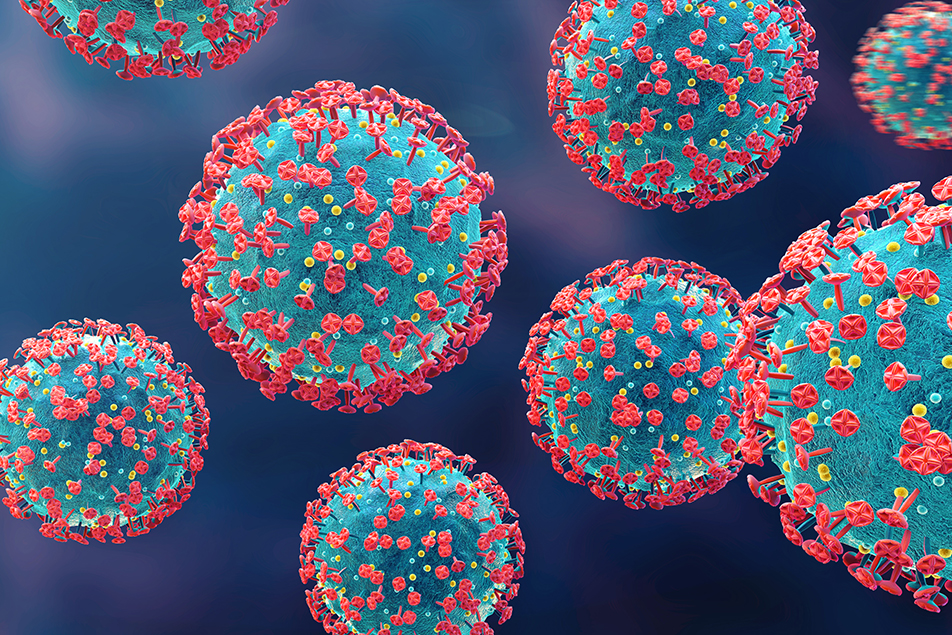
This post was written based on an interview with Scott Stienecker, MD, medical director, Epidemiology and Infection Prevention, Parkview Health.
Based on patient volumes, as well as data from both the Centers for Disease Control and Prevention (CDC) and the Indiana State Department of Health, we know that influenza and COVID are on a steep rise, driven predominantly by school-age children.
Symptoms
With omicron, there seems to be a difference in the symptoms patients are experiencing. This strain tends to replicate in the bronchial tissue and get more in the upper airway, which leads to more cough and congestion, and less decreased oxygenation.
With the alpha and delta variants of COVID, we were seeing a lot more patients presenting with low oxygen rates, fever, and loss of taste and smell. These are not as common with omicron.
We are also seeing a lot of muscle aches and pains, which are also common indicators of influenza, thus making it difficult for patients to decipher between the two without medical testing.
Testing
Because symptoms are so similar with these conditions, it’s very hard to know if someone has the flu or COVID without getting a test to confirm. Testing is the best way to understand what you have so that you can take the proper measures to prevent the spread of the illness you have contracted.
Preventing the spread
If you don’t feel well, please do not go to work or out in public. This goes for parents of school-age children as well. Please keep your child home and pursue testing to determine what they have.
We hardly had a flu season at all last year because people were masking, washing their hands and social distancing. We’re not seeing that as much this year. While some people are wearing masks, many are opting not to wear one.
Based on current data, if you’re in a group of 10 or more people, you can assume that at least one or two of them have active COVID, even if they’re not showing symptoms. We noticed early on that omicron was spreading 3-4 times quicker than Delta, which spread 5 times more quickly than alpha, which is concerning. Studies suggest that the omicron variant is replicating up to 70% faster in the upper airway, which generates a lot more droplets, as well as the cough and sore throat that came with the other strains. This is leading to an alarming spread of the omicron variant.
When people are talking, yelling or singing, they generate aerosols. When someone isn’t wearing a mask, those aerosols can project out of the mouth and into someone else’s eyes, enter through the tear ducts and come into the body. Wearing a mask is the best way to stop this from happening and limit the spread of the virus.
There’s been a lot of data showing the effectiveness of different cloths and weaves. We know that gaiters decrease the amount of droplets by only 10-20%. Standard cloth masks reduce the spread by 40% or so, and the more layers or tighter fitting the better. Medical grade or N95 masks will offer the best protection. When it comes to masks, they are most effective when everyone in the space is wearing them. Eye protection and social distancing are also very important and beneficial when around others, particularly those who are not wearing masks.
I do think we’ll get to a place where life is pretty much back to normal, but my personal feeling is that, moving forward, in the wintertime, I’m going to be far more likely to wear a mask. It’s widely accepted now and a courtesy to those around me.
But above anything else, the best thing you can do is get vaccinated against both influenza and COVID, and get the COVID booster. Across the country, we are seeing very low numbers of fully vaccinated patients being admitted into the hospital for treatment. Vaccines are safe, effective and truly your best bet when it comes to protecting yourself against these conditions.



